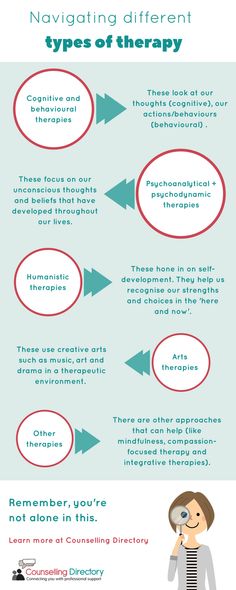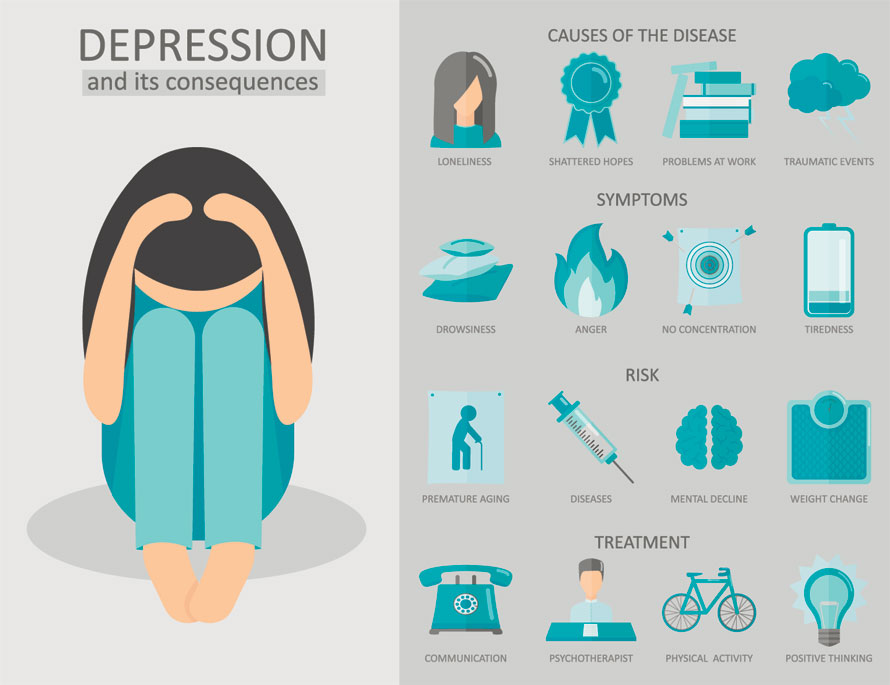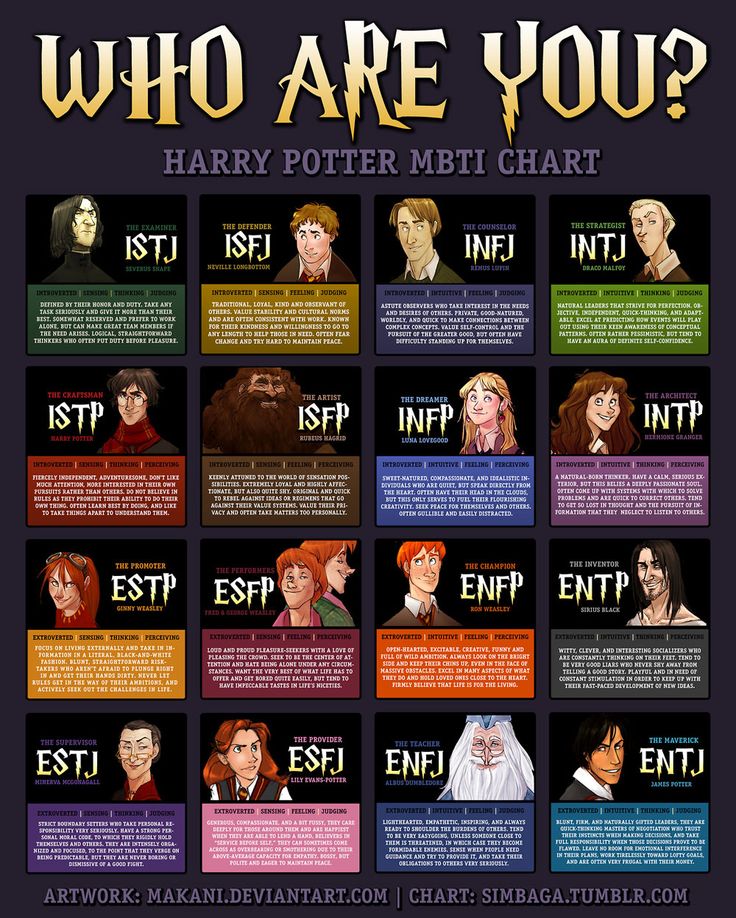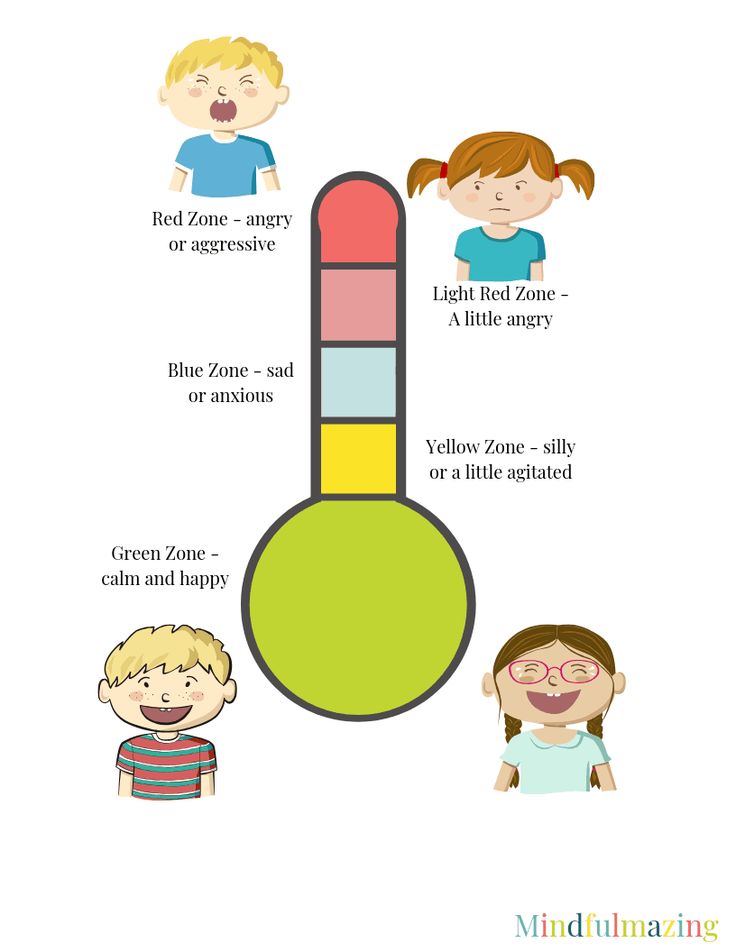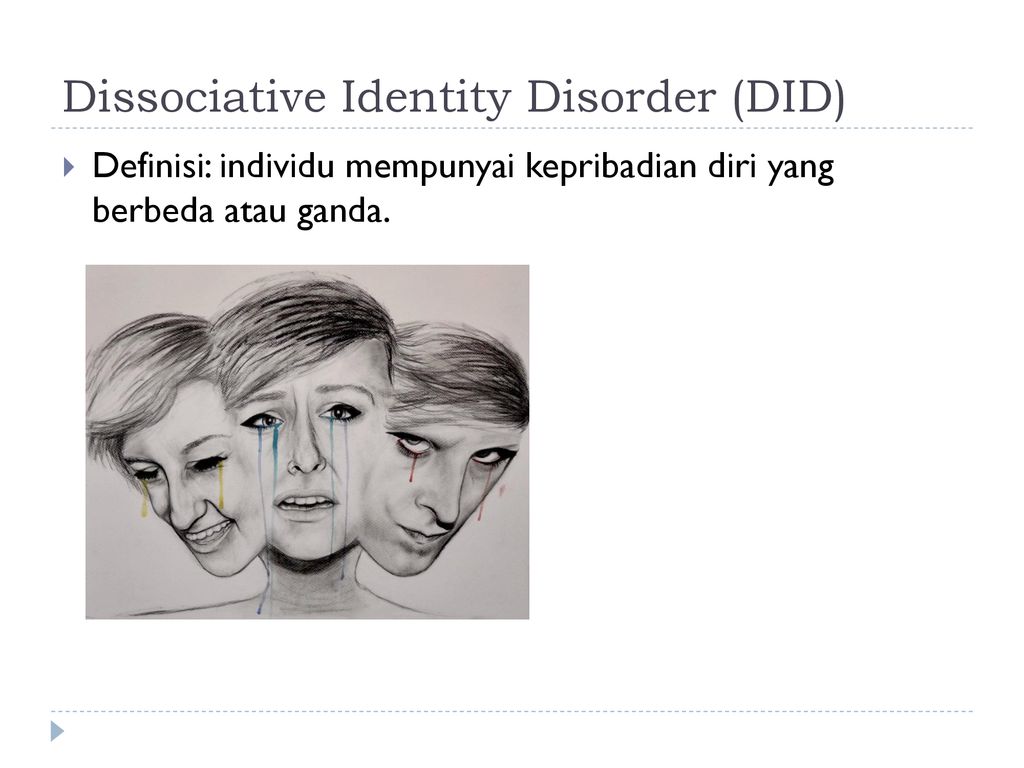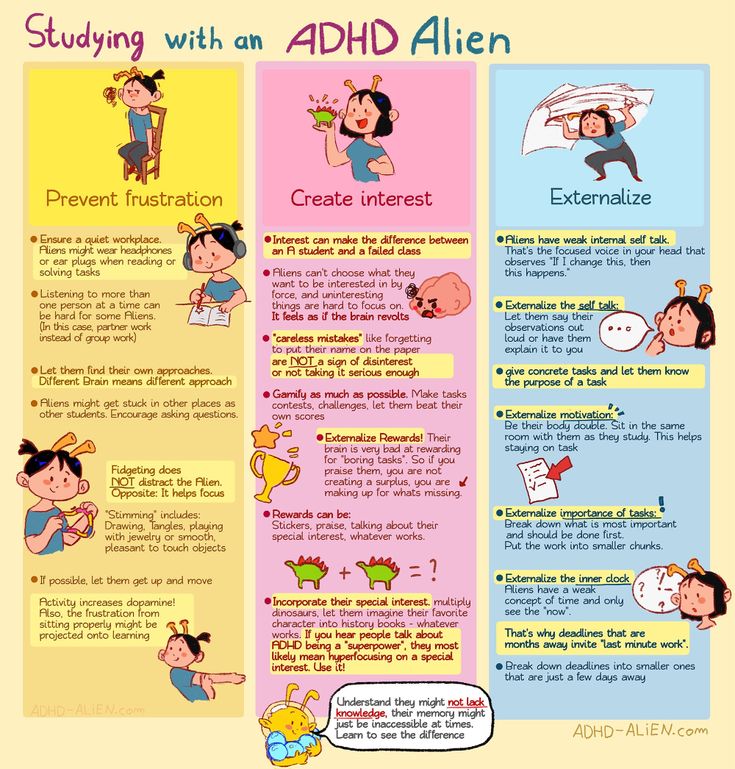What type of therapies are there
Different Types of Approaches and How They Work
If you’re thinking of trying therapy, you might’ve already noticed the surprising amount of types available. Though some approaches work best for specific conditions, others can help with a range of issues.
In therapy, you’ll work with a trained mental health professional. What you’ll do in each appointment depends on the preferred methods of your therapist and the issues you’re looking to address.
You can expect to spend some time discussing how challenging situations, emotions, and behaviors affect your life.
This will likely involve working through some negative events or distressing thoughts. It may be difficult in the moment, but the end result is usually a happier, more fulfilling life.
Here’s a look at some common types of therapy and how to choose which one is best for you.
Psychodynamic therapy developed from psychoanalysis, a long-term approach to mental health treatment.
In psychoanalysis, you can expect to talk about anything on your mind to uncover patterns in thoughts or behavior that might be contributing to distress. It’s also common to talk about your childhood and past, along with recurring dreams or fantasies you might have.
How it works
In psychodynamic therapy, you’ll work with a therapist to explore the connection between your unconscious mind and your actions. This involves examining your emotions, relationships, and thought patterns.
Psychodynamic therapy can be a longer-term approach to mental health treatment, compared to cognitive behavioral therapy (CBT) and other types of therapy. Traditional psychoanalysis is an intensive form of treatment that people can go to for years.
Research suggests many people continue to improve, even after they complete psychodynamic therapy.
what it’s good forPsychodynamic therapy may be a good choice for addressing:
- depression
- anxiety
- eating disorders
- somatic symptoms
- substance use disorder
- a variety of other conditions
Behavioral therapy is a focused, action-oriented approach to mental health treatment.
According to behavioral theory, certain behaviors develop from things you learned in your past. Some of these behaviors might affect your life negatively or cause distress.
Behavioral therapy can help you change your behavioral responses.
How it works
In behavioral therapy, you won’t spend much time talking about unconscious reasons for your behavior or working through emotional difficulties.
Instead, you’ll focus on ways to change behavioral reactions and patterns that cause distress.
There are many subtypes of behavioral therapy, including:
- Systematic desensitization. Systematic desensitization combines relaxation exercises with gradual exposure to something you fear. This can help you slowly get used to replacing feelings of fear and anxiety with a relaxation response.
- Aversion therapy. In aversion therapy, you learn to associate the behavior you want to change with something that’s uncomfortable or unpleasant in some way.
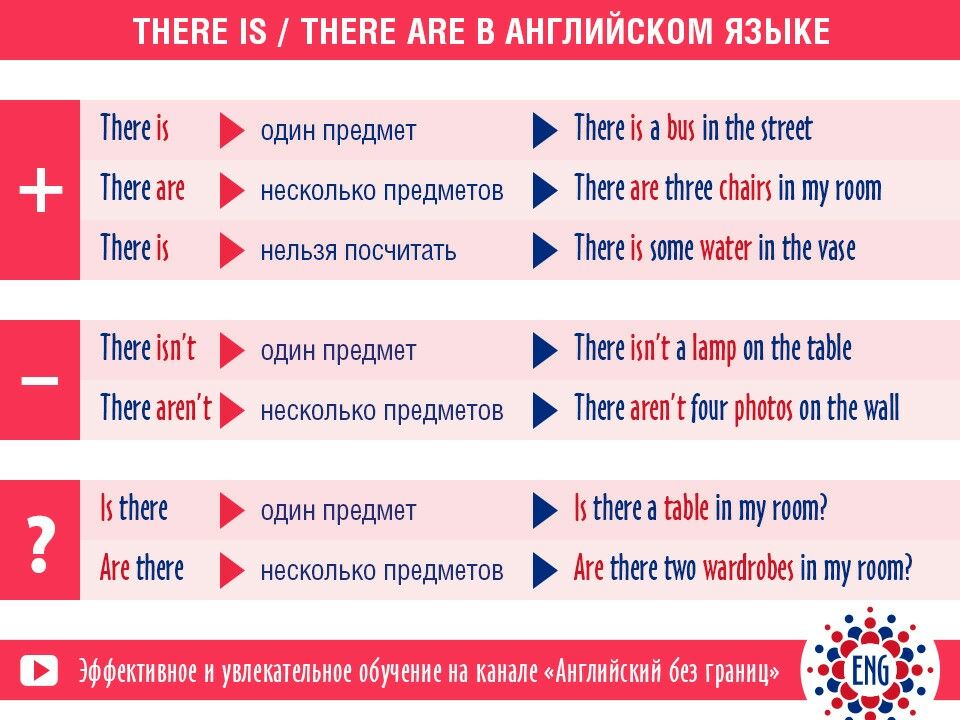 This association may help you stop the behavior.
This association may help you stop the behavior. - Flooding. This is similar to systematic desensitization, but it involves facing your fears directly from the start, rather than gradually. If you have a phobia of dogs, for example, the first exposure step might be sitting in a room of friendly, playful dogs. With systematic desensitization, on the other hand, your first exposure step might be looking at pictures of dogs.
what it’s good forBehavioral therapy may be a good option for addressing:
- anxiety
- phobias
- substance use disorder
- attention deficit hyperactivity disorder
- obsessive compulsive disorder (OCD)
- oppositional and defiant behaviors
- behavioral issues that result from communication difficulties or emotional challenges
Cognitive behavioral therapy is a short-term approach to mental health treatment. It’s similar to behavioral therapy, but it also addresses unhelpful thought patterns or problematic thoughts.
The idea behind CBT is that certain feelings or beliefs you have about yourself or situations in your life can lead to distress.
This distress may contribute to mental health issues, occur alongside them, or develop as a complication of other mental health issues.
How it works
In CBT sessions, you’ll work on identifying patterns and learning more about how they might negatively affect you.
With your therapist’s guidance, you’ll explore ways to replace negative thought patterns or behaviors with ones that are more helpful and accurate.
Like behavioral therapy, CBT doesn’t spend much time addressing past events. Instead, it focuses on addressing existing symptoms and making changes.
CBT often involves homework or practice outside the therapy session.
For example, you might keep track of negative thoughts or things that trouble you between sessions in a journal. This practice helps to reinforce what you learn in therapy and apply your new skills to everyday situations.
There are also some subtypes of CBT, such as:
- Dialectical behavioral therapy (DBT). DBT uses CBT skills, but it prioritizes acceptance and emotional regulation. You can expect to work on developing skills to cope with distressing or challenging situations. You may also learn how to accept and deal with difficult emotions when they arise.
- Rational emotive therapy. This approach helps you learn how to challenge irrational beliefs that contribute to emotional distress or other issues. The idea behind rational emotive therapy is that replacing irrational thoughts with more rational ones can improve your well-being.
What it’s good forCBT may be a good option for addressing:
- mood disorders, such as depression and bipolar disorder
- anxiety and phobias
- eating disorders
- substance use disorders
- OCD
- insomnia
- some symptoms of schizophrenia
CBT can also be very helpful for certain conditions when combined with medication.
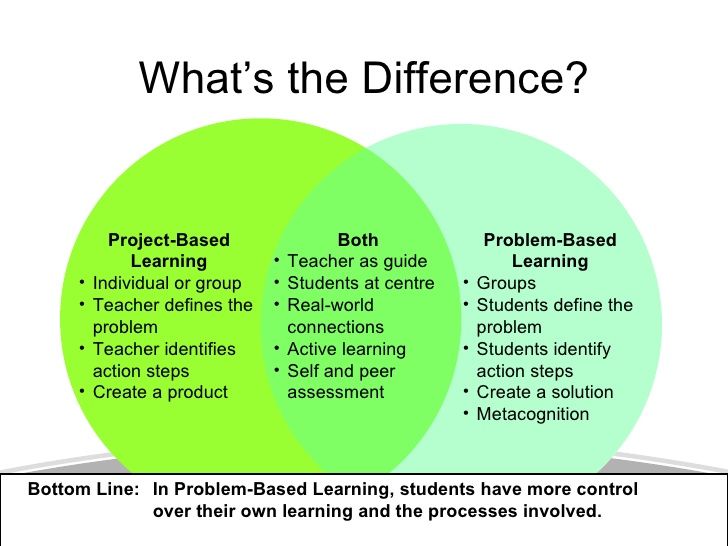
Humanistic therapy is an approach that looks at how your worldview affects the choices you make, especially choices that cause distress. It’s based on the belief that you’re the best person to understand your experiences and needs.
Humanistic therapists work to help you better understand what you’re experiencing, offering guidance and support without interpreting your feelings for you.
How it works
Your therapist will help you work toward the goal of living your most fulfilling life, largely by enabling you to be your true self. You’ll spend time exploring ways to grow and increase self-acceptance along with discussing the issues you’re dealing with.
Another important principle in humanistic therapy is unconditional positive regard.
This simply means your therapist will accept you, even if they disagree with you on some things. Humanistic therapy is particularly useful for coping with negative judgement (perceived or real) from others.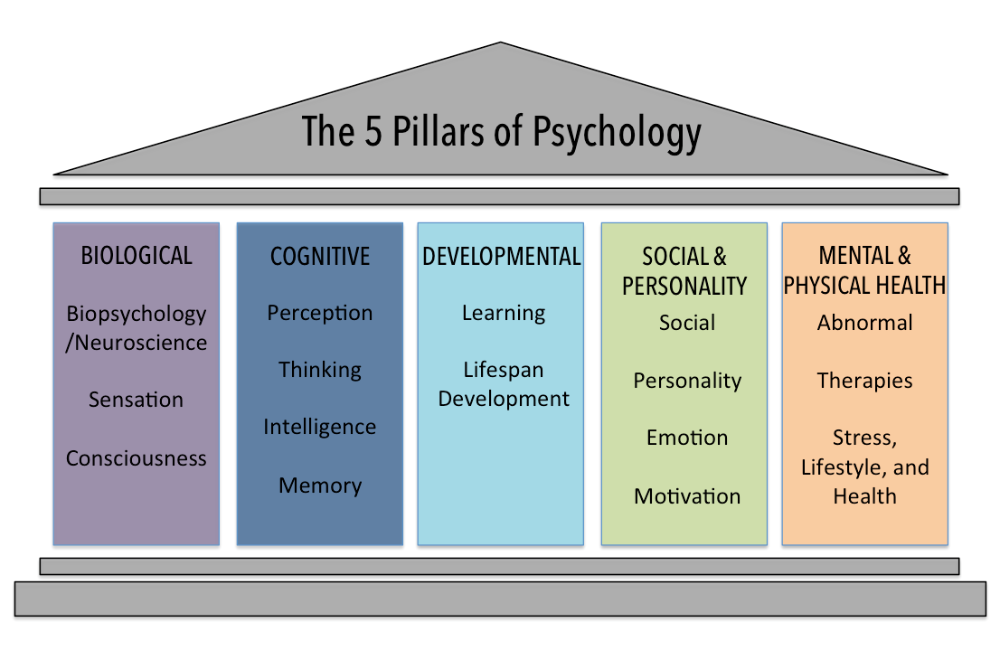
Generally, you’ll be the one directing the session. Your therapist will step in when needed, but otherwise they’ll be actively listening to you, occasionally asking questions to ensure they understand what you’re saying.
Humanistic approaches to therapy include:
- Existential therapy. In this philosophical approach to treatment, you’ll consider concepts such as responsibility for your choices and your freedom to make choices. You might spend time talking about what certain parts of your life mean to you and how you might find greater meaning in life.
- Person-centered therapy. This approach works from the belief that emotional distress can result when others criticize you or show disapproval for your choices or actions. This can make self-acceptance and growth difficult. Therapists offer acceptance, empathy, and guidance as you work on personal growth and positive change.
- Gestalt therapy. With this approach, you’ll look at unresolved issues, such as relationship and family conflicts, considering how they affect your emotional well-being.
 Gestalt therapy focuses on the present moment and often involves role-playing or acting out scenarios with movement or visualization.
Gestalt therapy focuses on the present moment and often involves role-playing or acting out scenarios with movement or visualization.
what it’s good forHumanistic therapy can be useful for addressing:
- self-esteem issues
- difficulty coping with chronic health concerns
- effects of trauma
- depression
- relationship issues
- substance use disorder
- feelings of worthlessness or being lost in life
With so many options, it can feel overwhelming to commit to a specific kind of therapy. If you receive a mental health diagnosis from your healthcare provider, they may have some recommendations based on your needs.
Ultimately, the choice is yours. Keep in mind that many therapists use a combination of techniques from different types of therapy. It’s also perfectly normal to try one approach, find that it doesn’t work for you, and try a different type.
Therapy can be difficult, regardless of the approach you choose. You might feel uncomfortable or nervous about discussing mental health symptoms and personal thoughts with a stranger. This often gets easier with time.
You might feel uncomfortable or nervous about discussing mental health symptoms and personal thoughts with a stranger. This often gets easier with time.
Whether you’re having a difficult time in life or have a mental health issue that causes serious distress, your therapist is trained to help without judgment. If you don’t feel they are, seek out a new therapist.
If you’re not sure where to start, consider looking through the American Psychological Association’s database of therapists in your area. Most list the types of therapy they offer.
As you contact potential therapists, keep a few things in mind:
- What issues do you want to address? These can be specific or vague.
- Are there any specific traits you’d like in a therapist? For example, are you more comfortable with someone who shares your gender?
- How much can you realistically afford to spend per session? Do you want someone who offers sliding-scale prices or payment plans?
- Where will therapy fit into your schedule? Do you need a therapist who can see you on a specific day of the week? Or someone who has nighttime sessions?
Remember, it’s OK to change therapists or therapy types if one isn’t working for you.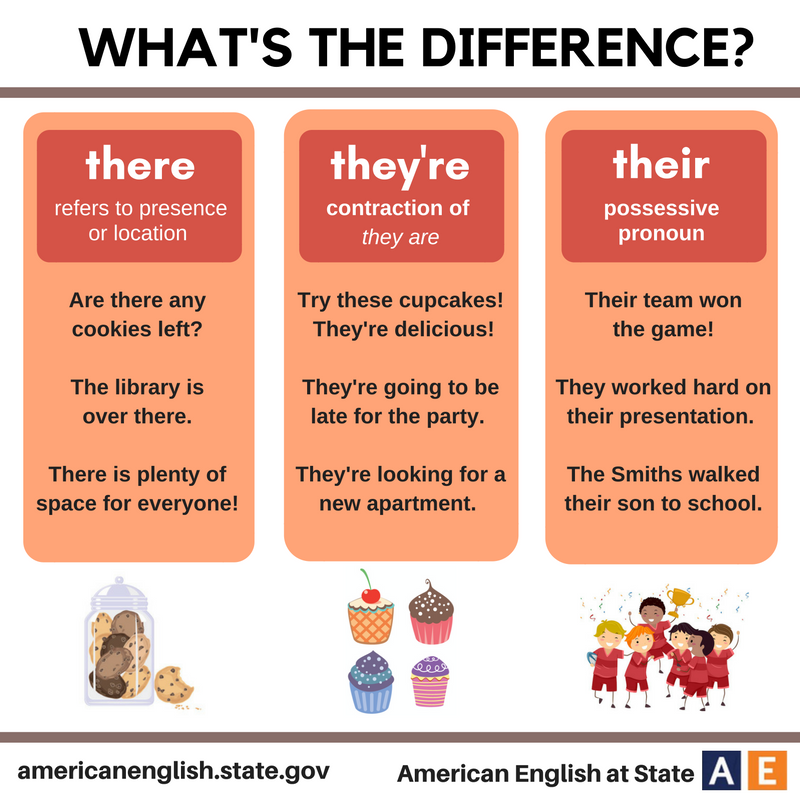 Keep trying until you find someone who feels right to you.
Keep trying until you find someone who feels right to you.
Online therapy options
Read our review of the best online therapy options to find the right fit for you.
Different Types of Approaches and How They Work
If you’re thinking of trying therapy, you might’ve already noticed the surprising amount of types available. Though some approaches work best for specific conditions, others can help with a range of issues.
In therapy, you’ll work with a trained mental health professional. What you’ll do in each appointment depends on the preferred methods of your therapist and the issues you’re looking to address.
You can expect to spend some time discussing how challenging situations, emotions, and behaviors affect your life.
This will likely involve working through some negative events or distressing thoughts. It may be difficult in the moment, but the end result is usually a happier, more fulfilling life.
Here’s a look at some common types of therapy and how to choose which one is best for you.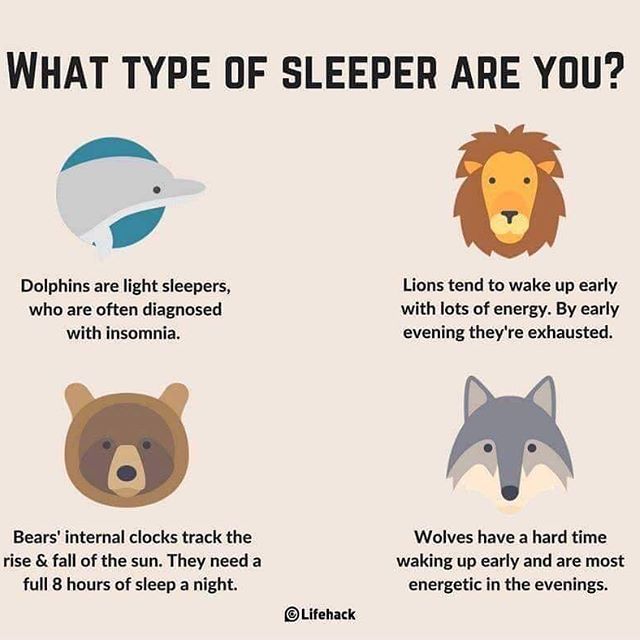
Psychodynamic therapy developed from psychoanalysis, a long-term approach to mental health treatment.
In psychoanalysis, you can expect to talk about anything on your mind to uncover patterns in thoughts or behavior that might be contributing to distress. It’s also common to talk about your childhood and past, along with recurring dreams or fantasies you might have.
How it works
In psychodynamic therapy, you’ll work with a therapist to explore the connection between your unconscious mind and your actions. This involves examining your emotions, relationships, and thought patterns.
Psychodynamic therapy can be a longer-term approach to mental health treatment, compared to cognitive behavioral therapy (CBT) and other types of therapy. Traditional psychoanalysis is an intensive form of treatment that people can go to for years.
Research suggests many people continue to improve, even after they complete psychodynamic therapy.
what it’s good forPsychodynamic therapy may be a good choice for addressing:
- depression
- anxiety
- eating disorders
- somatic symptoms
- substance use disorder
- a variety of other conditions
Behavioral therapy is a focused, action-oriented approach to mental health treatment.
According to behavioral theory, certain behaviors develop from things you learned in your past. Some of these behaviors might affect your life negatively or cause distress.
Behavioral therapy can help you change your behavioral responses.
How it works
In behavioral therapy, you won’t spend much time talking about unconscious reasons for your behavior or working through emotional difficulties.
Instead, you’ll focus on ways to change behavioral reactions and patterns that cause distress.
There are many subtypes of behavioral therapy, including:
- Systematic desensitization. Systematic desensitization combines relaxation exercises with gradual exposure to something you fear. This can help you slowly get used to replacing feelings of fear and anxiety with a relaxation response.
- Aversion therapy. In aversion therapy, you learn to associate the behavior you want to change with something that’s uncomfortable or unpleasant in some way.
 This association may help you stop the behavior.
This association may help you stop the behavior. - Flooding. This is similar to systematic desensitization, but it involves facing your fears directly from the start, rather than gradually. If you have a phobia of dogs, for example, the first exposure step might be sitting in a room of friendly, playful dogs. With systematic desensitization, on the other hand, your first exposure step might be looking at pictures of dogs.
what it’s good forBehavioral therapy may be a good option for addressing:
- anxiety
- phobias
- substance use disorder
- attention deficit hyperactivity disorder
- obsessive compulsive disorder (OCD)
- oppositional and defiant behaviors
- behavioral issues that result from communication difficulties or emotional challenges
Cognitive behavioral therapy is a short-term approach to mental health treatment. It’s similar to behavioral therapy, but it also addresses unhelpful thought patterns or problematic thoughts.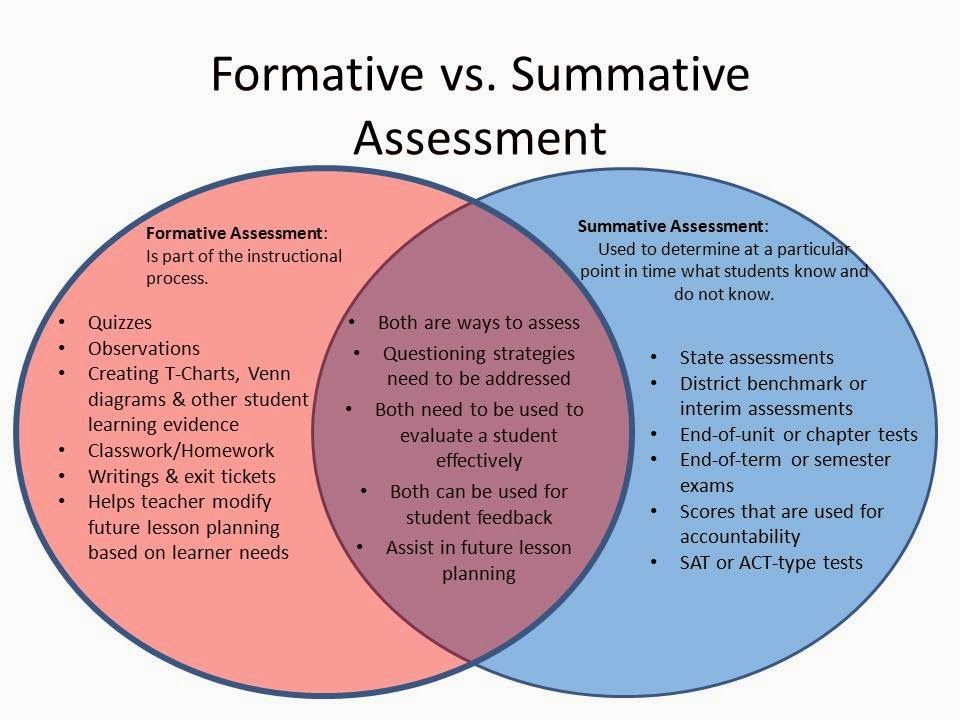
The idea behind CBT is that certain feelings or beliefs you have about yourself or situations in your life can lead to distress.
This distress may contribute to mental health issues, occur alongside them, or develop as a complication of other mental health issues.
How it works
In CBT sessions, you’ll work on identifying patterns and learning more about how they might negatively affect you.
With your therapist’s guidance, you’ll explore ways to replace negative thought patterns or behaviors with ones that are more helpful and accurate.
Like behavioral therapy, CBT doesn’t spend much time addressing past events. Instead, it focuses on addressing existing symptoms and making changes.
CBT often involves homework or practice outside the therapy session.
For example, you might keep track of negative thoughts or things that trouble you between sessions in a journal. This practice helps to reinforce what you learn in therapy and apply your new skills to everyday situations.
There are also some subtypes of CBT, such as:
- Dialectical behavioral therapy (DBT). DBT uses CBT skills, but it prioritizes acceptance and emotional regulation. You can expect to work on developing skills to cope with distressing or challenging situations. You may also learn how to accept and deal with difficult emotions when they arise.
- Rational emotive therapy. This approach helps you learn how to challenge irrational beliefs that contribute to emotional distress or other issues. The idea behind rational emotive therapy is that replacing irrational thoughts with more rational ones can improve your well-being.
What it’s good forCBT may be a good option for addressing:
- mood disorders, such as depression and bipolar disorder
- anxiety and phobias
- eating disorders
- substance use disorders
- OCD
- insomnia
- some symptoms of schizophrenia
CBT can also be very helpful for certain conditions when combined with medication.

Humanistic therapy is an approach that looks at how your worldview affects the choices you make, especially choices that cause distress. It’s based on the belief that you’re the best person to understand your experiences and needs.
Humanistic therapists work to help you better understand what you’re experiencing, offering guidance and support without interpreting your feelings for you.
How it works
Your therapist will help you work toward the goal of living your most fulfilling life, largely by enabling you to be your true self. You’ll spend time exploring ways to grow and increase self-acceptance along with discussing the issues you’re dealing with.
Another important principle in humanistic therapy is unconditional positive regard.
This simply means your therapist will accept you, even if they disagree with you on some things. Humanistic therapy is particularly useful for coping with negative judgement (perceived or real) from others.
Generally, you’ll be the one directing the session. Your therapist will step in when needed, but otherwise they’ll be actively listening to you, occasionally asking questions to ensure they understand what you’re saying.
Humanistic approaches to therapy include:
- Existential therapy. In this philosophical approach to treatment, you’ll consider concepts such as responsibility for your choices and your freedom to make choices. You might spend time talking about what certain parts of your life mean to you and how you might find greater meaning in life.
- Person-centered therapy. This approach works from the belief that emotional distress can result when others criticize you or show disapproval for your choices or actions. This can make self-acceptance and growth difficult. Therapists offer acceptance, empathy, and guidance as you work on personal growth and positive change.
- Gestalt therapy. With this approach, you’ll look at unresolved issues, such as relationship and family conflicts, considering how they affect your emotional well-being.
 Gestalt therapy focuses on the present moment and often involves role-playing or acting out scenarios with movement or visualization.
Gestalt therapy focuses on the present moment and often involves role-playing or acting out scenarios with movement or visualization.
what it’s good forHumanistic therapy can be useful for addressing:
- self-esteem issues
- difficulty coping with chronic health concerns
- effects of trauma
- depression
- relationship issues
- substance use disorder
- feelings of worthlessness or being lost in life
With so many options, it can feel overwhelming to commit to a specific kind of therapy. If you receive a mental health diagnosis from your healthcare provider, they may have some recommendations based on your needs.
Ultimately, the choice is yours. Keep in mind that many therapists use a combination of techniques from different types of therapy. It’s also perfectly normal to try one approach, find that it doesn’t work for you, and try a different type.
Therapy can be difficult, regardless of the approach you choose.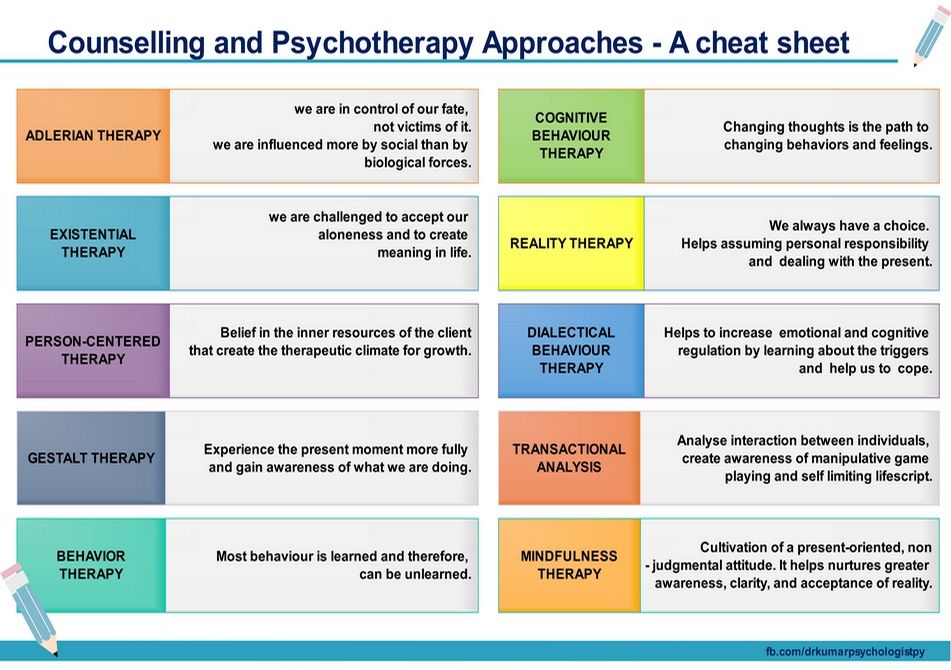 You might feel uncomfortable or nervous about discussing mental health symptoms and personal thoughts with a stranger. This often gets easier with time.
You might feel uncomfortable or nervous about discussing mental health symptoms and personal thoughts with a stranger. This often gets easier with time.
Whether you’re having a difficult time in life or have a mental health issue that causes serious distress, your therapist is trained to help without judgment. If you don’t feel they are, seek out a new therapist.
If you’re not sure where to start, consider looking through the American Psychological Association’s database of therapists in your area. Most list the types of therapy they offer.
As you contact potential therapists, keep a few things in mind:
- What issues do you want to address? These can be specific or vague.
- Are there any specific traits you’d like in a therapist? For example, are you more comfortable with someone who shares your gender?
- How much can you realistically afford to spend per session? Do you want someone who offers sliding-scale prices or payment plans?
- Where will therapy fit into your schedule? Do you need a therapist who can see you on a specific day of the week? Or someone who has nighttime sessions?
Remember, it’s OK to change therapists or therapy types if one isn’t working for you. Keep trying until you find someone who feels right to you.
Keep trying until you find someone who feels right to you.
Online therapy options
Read our review of the best online therapy options to find the right fit for you.
effective methods from gestalt to play therapy
Over the past two years, the demand for psychotherapists in Russia has grown by 30%. At the same time, it is still not easy to get high-quality assistance: there are many specialists on the market, but not all of them work according to trustworthy methods. We have compiled a list of types of psychotherapy that have been proven effective in scientific research. Check with him when you choose a specialist.
🔁 Cognitive behavioral therapy
A popular and well-researched form of psychotherapy. It is based on working with thoughts and beliefs that negatively affect life. The therapist helps the client replace them with more positive and realistic ones. As a result, behavior also changes.
The method helps to cope with chronic stress, anxiety and insomnia.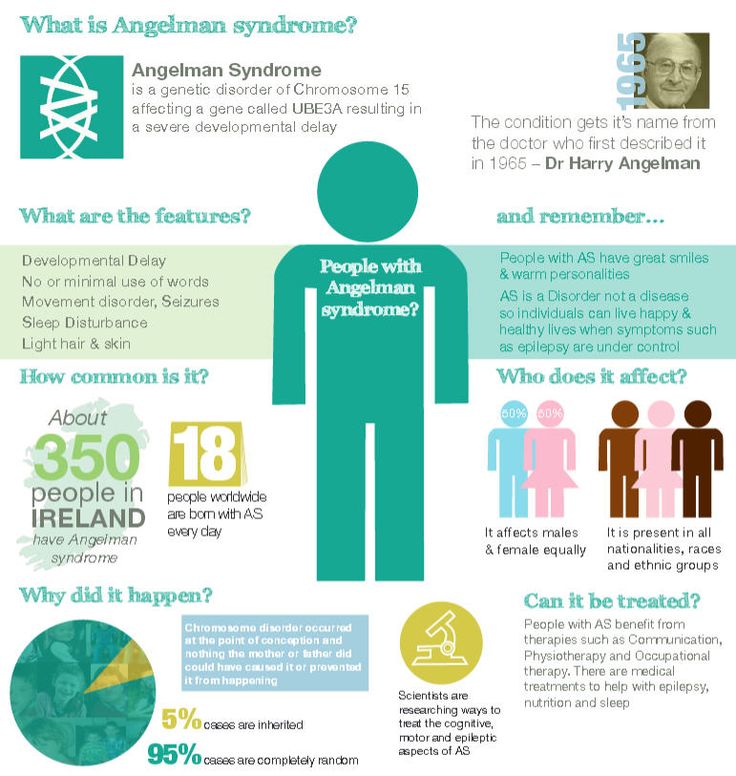 And in case of depression, this therapy is more effective than antidepressants, but it is better to combine
And in case of depression, this therapy is more effective than antidepressants, but it is better to combine
😌 Gestalt therapy
It puts a person's emotions at the forefront at the moment. The approach helps a person to understand how he feels, what he really wants and how best to achieve this. In such therapy, the role of the therapist is especially important: his goal is to build a trusting relationship with the client so that he can express his emotions without fear of judgment. nine0003
The approach helps with anxiety and depression, problems with self-esteem and self-realization, difficulties in relationships
👪 Systemic family therapy
Views the family as a single system in which the personality traits, disorders and injuries of one affect the well-being of others. To resolve conflicts, therapy changes the pathological rules by which the family lives. Change does not always require the participation of all members.
Therapy can be helpful when families are dealing with mental health problems, school problems, addictions, sexual difficulties
🌊 Acceptance and Responsibility Therapy
A person cannot live without negative thoughts, but can make them less harmful. To do this, you need to learn to look at yourself from the outside - in the arsenal of this therapy there are many effective exercises for this. Another important element of the approach is working with values. It helps to make important life decisions.
Studies confirm the effectiveness of therapy for anxiety, addictions, psychosomatics, burnout and phobias
💭 Psychoanalytic Therapy
This is not one type of therapy, but a group of directions. They are united by a common method - the interpretation of human behavior. The task of the therapist is to help discover internal conflicts and accept them. Get ready to talk about past traumas, dreams, obsessive urges - you will find many discoveries about yourself.
Therapy can be effective for depression, phobias, psychosomatic disorders. Dozens of sessions are required for tangible results
👫 Interpersonal therapy
This therapy helps to solve problems in relationships with other people — it is often interpersonal conflicts that provoke the development of mental disorders. In sessions, the therapist first of all teaches the client to communicate in a new way, interpret the reactions of others and his own. Usually 12-20 sessions are needed.
The therapy is effective for depression associated with loss of loved ones, change of social roles, loneliness
🌅 Mindfulness therapy
Combines CBT principles with secular meditation practices. One of the main methods is decentering. A person is taught to accept any of his thoughts, but not to dwell on them and not condemn himself. This helps to get rid of self-criticism and stop the flow of painful thoughts.
The therapy was created to combat severe depression, but it can also be effective for stress, chronic fatigue and anxiety. The person tells their story during sessions or formulates it with the help of written practices, and the therapist asks leading questions and draws the client's attention to underestimated details of the biography. A change of perspective also changes self-perception. nine0003
Narrative therapy is used for post-traumatic stress disorder, eating disorders, family problems, and more
☈ Schema Therapy
Schemas are behavioral patterns that develop in childhood. They are destructive. An example is sacrifice. Because of it, a person can overload himself with work and neglect his needs. In the process of therapy, he learns to discover such schemas in himself, for example, through sincere expression of emotions. And weaken them. nine0003
Can be used for Borderline Personality Disorder, Depression, Narcissistic Disorder
🧸 Play Therapy
Designed for children and adolescents who have difficulty growing up, with Autism Spectrum Disorder or Attention Deficit Disorder.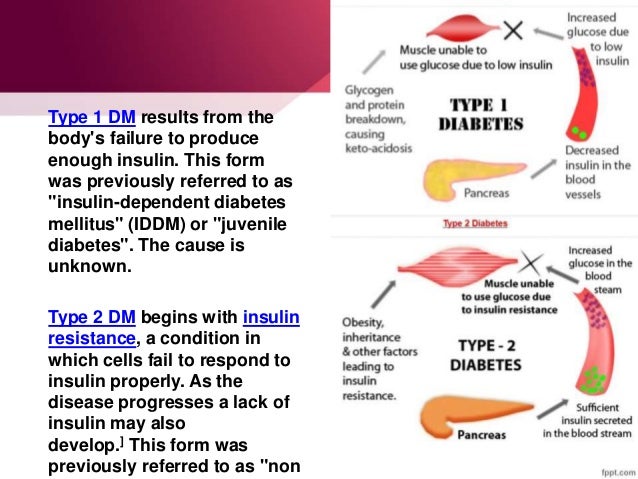 Game methods teach them to constructively deal with conflicts, correct behavior, develop empathy, cope with fears, and establish contact with others.
Game methods teach them to constructively deal with conflicts, correct behavior, develop empathy, cope with fears, and establish contact with others.
The method is also actively used for the diagnosis and treatment of traumatized children: during the game it is easier for them to express themselves and explain what is happening to them
🌱 Existential psychotherapy
Originated as an offshoot of existential philosophy, therefore it focuses on concepts that are important for every person: death, freedom, the meaning of life. It teaches you to take responsibility for your actions and find the strength to move on in the most difficult situations.
Studies show that therapy improves the psychological state of seriously ill people, residents of nursing homes and prisoners. And also helps in the fight against addictions, outbursts of rage and apathy
🛋 More about psychotherapy
In our stream of the same name. We tell you how to make your life better with the help of proven methods
Read articles
Go to the doctor.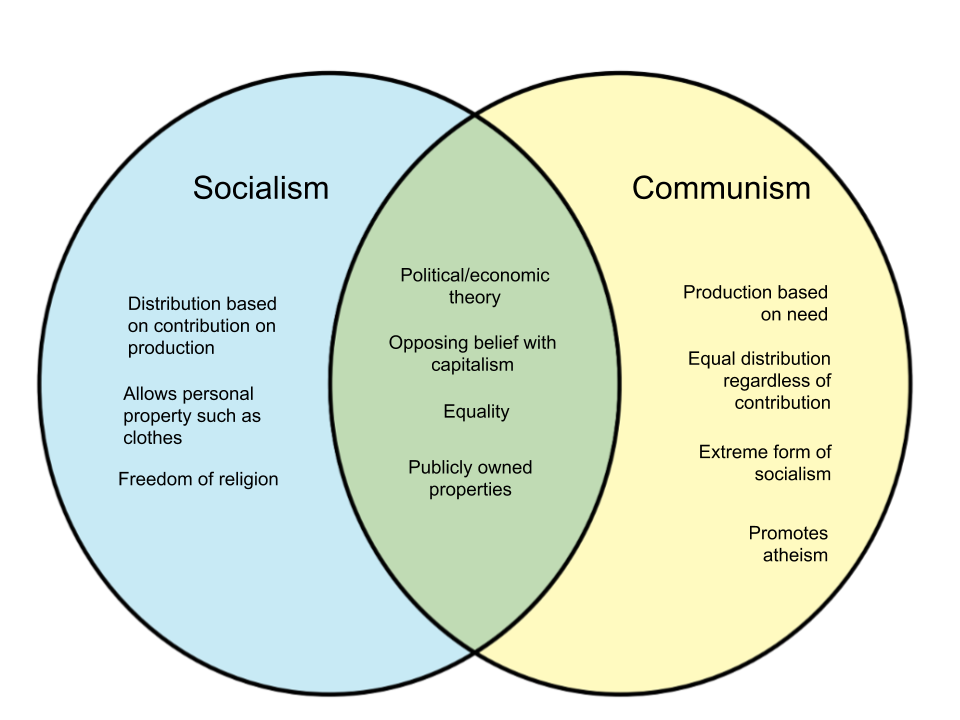 Our articles are written with love for evidence-based medicine. We refer to authoritative sources and go to doctors with a good reputation for comments. But remember: the responsibility for your health lies with you and your doctor. We don't write prescriptions - we make recommendations. Relying on our point of view or not is up to you. nine0003
Our articles are written with love for evidence-based medicine. We refer to authoritative sources and go to doctors with a good reputation for comments. But remember: the responsibility for your health lies with you and your doctor. We don't write prescriptions - we make recommendations. Relying on our point of view or not is up to you. nine0003
More articles on psychotherapy:
1. What is depression.
2. Blogs of psychologists worth subscribing to.
3. Stories of how psychotherapy has changed people's lives.
Main types of psychotherapy
The term "psychotherapy" refers to a wide range of approaches and methods, from one-on-one conversations to therapy using techniques such as role-playing or dancing to explore human emotions. Some therapists work with couples, families, or groups whose members have similar problems. Psychotherapy is carried out both for teenagers and children, and for adults. nine0003
Art therapy
Art therapy combines talking therapy and creative exploration through painting, crayons, pencils, and sometimes sculpture.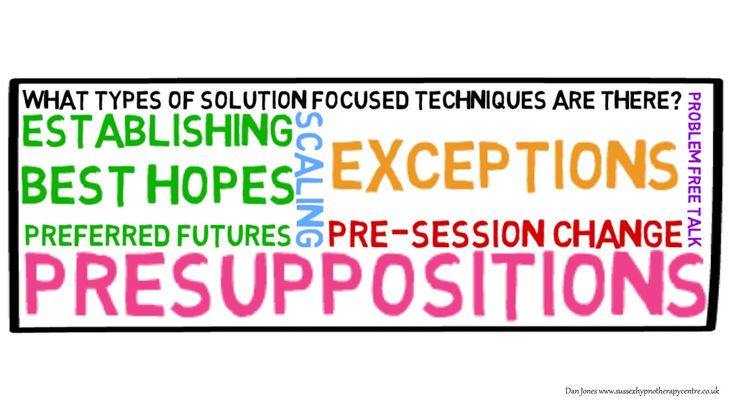 Techniques may also include theatrical performances, puppet shows, and movement. Sand therapy involves clients choosing toys that represent people, animals, and buildings and lining them up in an allotted "theatre in a sandbox" space. An art therapist has a comprehensive psychological understanding of the creative process and the emotional properties of various art materials. In this case, art is the outer expression of our inner emotions. For example, in a painting, the relationships of sizes, shapes, lines, free space, texture, hues, shadows, colors, and distances reflect the subjective reality of the client. nine0003
Techniques may also include theatrical performances, puppet shows, and movement. Sand therapy involves clients choosing toys that represent people, animals, and buildings and lining them up in an allotted "theatre in a sandbox" space. An art therapist has a comprehensive psychological understanding of the creative process and the emotional properties of various art materials. In this case, art is the outer expression of our inner emotions. For example, in a painting, the relationships of sizes, shapes, lines, free space, texture, hues, shadows, colors, and distances reflect the subjective reality of the client. nine0003
Who is suitable for this type of therapy?
Art therapy is particularly well suited to clients who have difficulty verbally expressing themselves. In non-clinical settings such as art studios and workshops, a focus on creative development can be especially helpful when working with children and adolescents, as well as with adults, couples, families, groups and communities.
Art therapy is also suitable for people who have experienced trauma, such as refugees, and people who have difficulty acquiring knowledge. nine0003
Attachment-based psychotherapy
Attachment-based psychotherapy is a subset of relational psychoanalysis that explores related emotional attachments from birth onwards.
This type of therapy builds on a theory that explores early childhood development and early attachments—secure, anxious, avoidant, ambivalent, or disturbed—to understand how early life experiences of problematic attachments manifested later in adulthood. nine0003
Who is suitable for this type of therapy?
By working through the attachment relationship with the therapist, clients have the opportunity to mourn past losses and consider the impact of important relationships on their lives in the present and past.
Behavioral Therapy
Behavioral therapy is based on the theory that learned behavior in response to past experiences can be forgotten or reformulated without focusing on the interpretation of unusual behavior. nine0003
Who is suitable for this type of therapy?
People with obsessive and compulsive disorders, fears, phobias and addictions can benefit from this type of therapy. The emphasis is on the client achieving goals and changing their behavioral responses to problems such as stress or anxiety.
Body therapy
Body therapy covers a number of integrated approaches. In the context of this type of therapy, it is considered how the human body and its emotional, mental, spiritual, social and behavioral aspects of life affect each other. The whole complex of interrelations between mind and body is taken into account. nine0003
Who is suitable for this type of therapy?
Various types of body therapy, such as integral body psychotherapy, bioenergetic analysis, biodynamic psychotherapy or biodynamic massage, will help to address issues on different levels, including the body, emotions, mind and spirit. Many psychological problems (such as depression, eating disorders, panic attacks, and addictions) are known to have an effect on the body.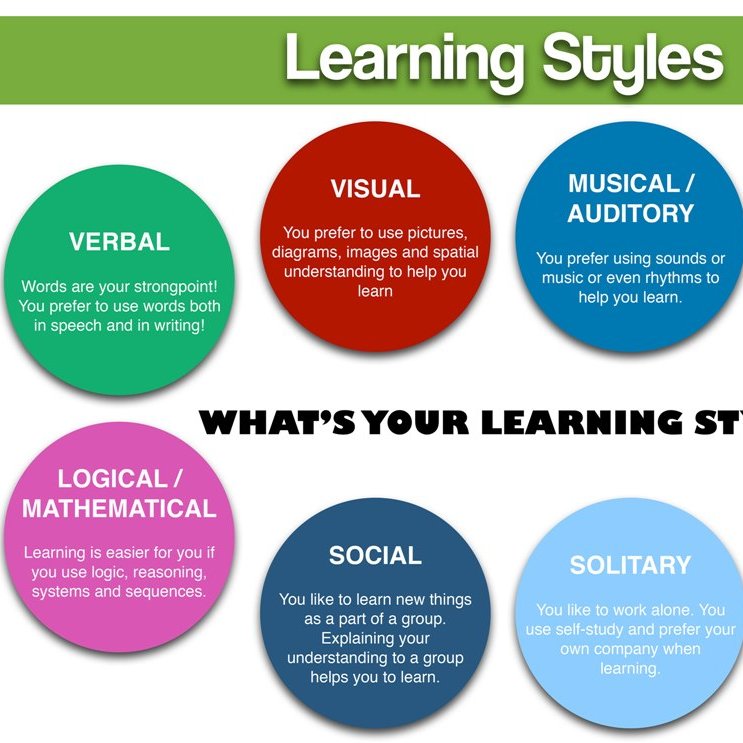
Brief Therapy
In the context of short-term therapy, a variety of psychotherapy techniques are used. It differs from other therapeutic approaches in that it focuses on a specific problem and involves the direct intervention of the therapist working with the client in an accelerated manner. Emphasis is placed on accurate observation, the client's nature is used, and temporary inclusion of faith in the unbelievable is encouraged to allow new perspectives and different points of view to be considered. nine0003
The primary goal is to help the client look at their current circumstances in a broader context. Brief therapy is considered solution-oriented, and therapists are more interested in the current factors that prevent change than in the causes of problems. It does not apply one specific method, but different approaches, which, together or separately, can have an end result. Short-term therapy is carried out for a short time, usually at a scheduled number of sessions. nine0003
nine0003
Cognitive-analytical therapy
Cognitive analytic therapy brings together theories that explore the links between language and thought, as well as historical, cultural and social influences on human actions. Clients are encouraged to use their own resources and develop skills to change destructive patterns of behavior and negative ways of thinking and acting.
This type of therapy is short-term (16 weeks), structured and guiding. For example, the client may be asked to keep a diary or use task schedules. The therapist works collaboratively with the client, focuses on changing behavior patterns, and teaches alternative problem-solving strategies. Attention is also given to understanding the links between childhood behaviors, social influences, and their impact on the client as an adult. nine0003
Dance movement therapy
Dance movement therapy is an expressive form of psychotherapy based on the belief that the body and mind are interconnected. Through movement and dance, the client has the opportunity to creatively explore emotional, cognitive, physical and social cohesion.
Through movement and dance, the client has the opportunity to creatively explore emotional, cognitive, physical and social cohesion.
Therapists work on the principle that movements reflect the process of thinking and feeling of each individual person. By recognizing and justifying the client's movements, the therapist encourages him to develop a new emotional experience through certain adaptive movements that contribute to the solution of psychological problems. nine0003
Dance movement therapy can be practiced individually with a therapist or in a group. The client does not need to be a trained dancer to benefit from this type of therapy, as movement is an integral part of our being.
Dramatherapy
Drama therapy refers to the intentional use of theatrical techniques such as role-playing, theatrical play, pantomime, puppetry, speech, myths, rituals, storytelling, and other improvisation-based techniques that promote creativity, imagination, learning skills, intuitive understanding and personal growth.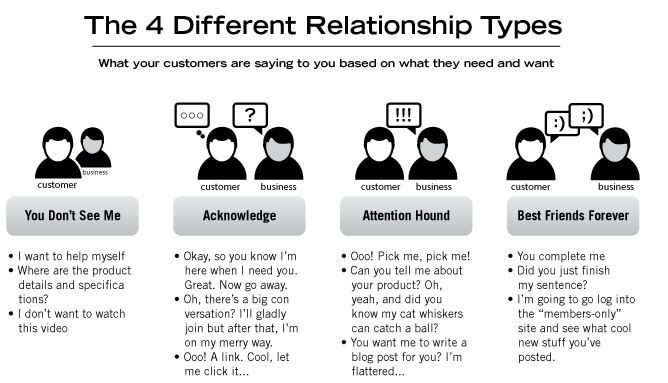 This extremely versatile approach provides an expressive form of therapy that can be used in a wide variety of settings, including hospitals, schools, psychiatric clinics, prisons, and organizations. nine0003
This extremely versatile approach provides an expressive form of therapy that can be used in a wide variety of settings, including hospitals, schools, psychiatric clinics, prisons, and organizations. nine0003
Drama therapy provides opportunities for individuals or groups to explore personal and/or community issues in a creative setting, to calmly reflect on existing beliefs, attitudes, and feelings, and to find alternative ways of acting. The therapist encourages clients to introspect, reflect on, and express feelings about themselves and others.
Existential Psychotherapy
Existential psychotherapy helps the client to realize the meaning of life through the willingness to face it and the problems associated with it. From an existential point of view, there is no essential or predetermined meaning in life, a person is completely free and responsible for everything, so the meaning must be found or created. This can cause a sense of meaninglessness in life, so this type of therapy explores the client's experience of the human condition and seeks to clarify the person's understanding of values and beliefs by directly expressing what was previously unspoken.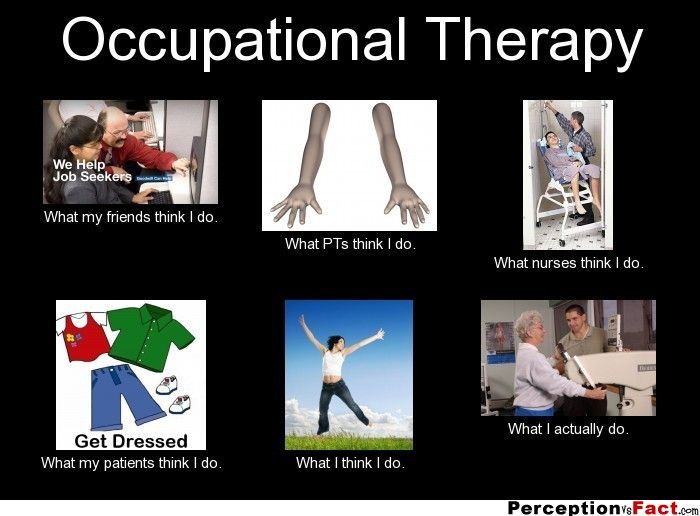 The client is given the opportunity to live more authentically and purposefully, while accepting the limitations and contradictions of human life. nine0003
The client is given the opportunity to live more authentically and purposefully, while accepting the limitations and contradictions of human life. nine0003
This type of therapy is considered a serious study of what a person is in general, and often it entails a painful process of directly confronting those aspects of human life that people usually try to avoid.
Family therapy
Family therapy is a branch of psychotherapy that focuses specifically on family relationships. It is built on the premise that the problem is within the family as a whole, and not within the individual within the family. Also, this type of therapy includes therapy for couples and systemic family therapy. nine0003
Family therapy encourages change and development, as well as the joint resolution of family conflicts and problems. The emphasis is on how families interact with each other, emphasizing the importance of a strong family for psychological health and well-being. Regardless of what is the source of the problem or who exactly it is related to, the therapist seeks to involve the whole family in the process of reaching the right decisions, looking for constructive ways in which family members can support each other through direct participation.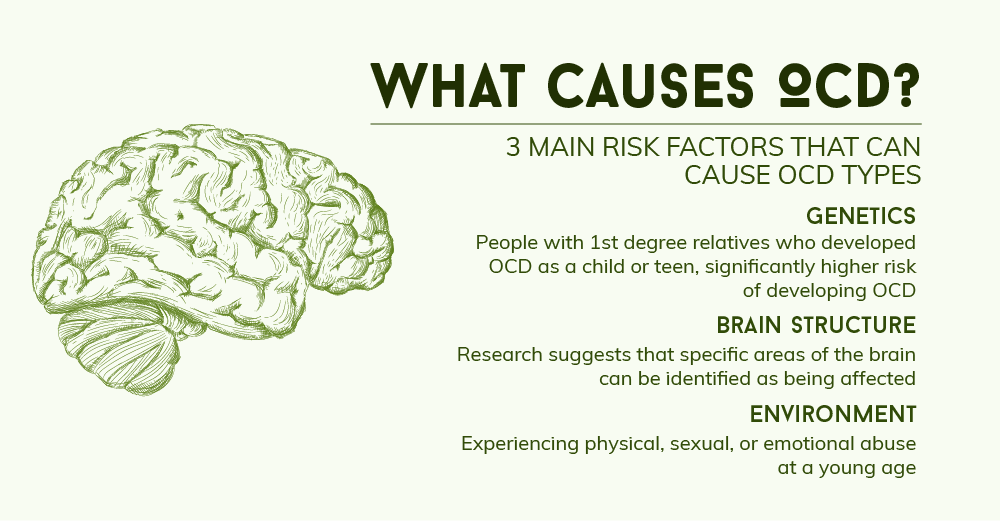 An experienced therapist is able to influence the conduct of dialogues in such a way as to best use the strength and wisdom of the family as a whole, taking into account the wider economic, social, cultural, political and religious context in which the family lives, and taking into account the various views, beliefs, points of view and the personal stories of each individual member. nine0003
An experienced therapist is able to influence the conduct of dialogues in such a way as to best use the strength and wisdom of the family as a whole, taking into account the wider economic, social, cultural, political and religious context in which the family lives, and taking into account the various views, beliefs, points of view and the personal stories of each individual member. nine0003
(In this case, the family refers to long-term active relationships within the family, ties within which may or may not be blood).
Gestalt Therapy
Gestalt is a German word meaning the whole and the sum of all parts, a symbolic form or combination of elements that make up a whole.
Gestalt therapy is a psychotherapeutic method that is based on the belief that people have a natural desire for health, but outdated patterns of behavior and dominant ideas can create blocks that interrupt the natural cycle of well-being, thereby leading to interaction with others. nine0003
nine0003
Gestalt therapy refers to what is happening at a given moment in time, making conscious a person's idea of himself, his reactions and interactions with other people. The belief that being wholly in the here-and-now creates in the client the potential for further experiences, enthusiasm, and the courage to live life to the fullest. The therapist who works with this method monitors how clients avoid contact in the here-and-now, how they avoid changes and certain behaviors or symptoms that clients find undesirable or unsatisfactory. In the process of communication, an experienced Gestalt therapist delivers effective cues that help the client become aware not only of what is happening and being said, but also of what body language is saying and how repressed feelings are expressed. Gestalt techniques often involve acting out scenarios and debriefing dreams. nine0003
Group analysis
Group analysis combines the results of psychoanalytic analysis with the study of interpersonal interaction in a social context.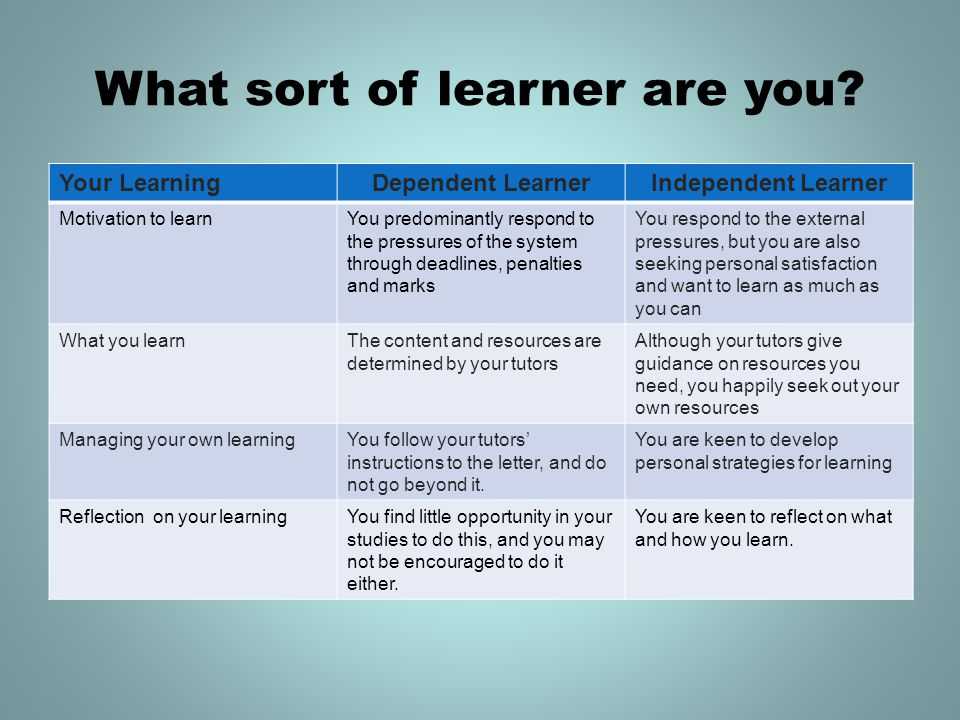 The goal of therapy is to achieve a better integration of the client into his network of relationships, that is, in the family, team and society. The focus of group analysis is on the relationship between the individual and the rest of the group, with particular attention to the social nature of human experience through an interactive approach. Group analysis can be applied to many areas of human relations, such as teaching, learning, and organizational consulting. nine0003
The goal of therapy is to achieve a better integration of the client into his network of relationships, that is, in the family, team and society. The focus of group analysis is on the relationship between the individual and the rest of the group, with particular attention to the social nature of human experience through an interactive approach. Group analysis can be applied to many areas of human relations, such as teaching, learning, and organizational consulting. nine0003
The theory is based on the premise that within a carefully selected group, whose general composition reflects social norms, profound and lasting changes can occur. Group analysis sees the group as an organic whole, and the therapist's role is to support the group rather than take an active role. The group becomes a dynamic self-sustaining whole and functions within the framework of a socio-cultural context, which in turn affects the process. nine0003
Group psychotherapy
Group psychotherapy is a branch of psychotherapy designed to help people who would like to improve their ability to cope with life's difficulties and problems, but in a group situation.
In the context of group therapy, one or more therapists work with a small group of clients at the same time. While this group was originally created with the goal of reducing cost and increasing productivity, participants soon realize positive therapeutic effects that could not be achieved with a one-on-one therapist. For example, interpersonal problems are well understood within the group. Group therapy is based not on one psychotherapeutic theory, but on many, and often revolves around conversations. It may also include other approaches such as psychodrama, movement work, body psychotherapy or constellations. nine0003
The goal of group psychotherapy is to support solutions to emotional difficulties and encourage the personal development of group members. The totality of past experiences and experiences outside the therapeutic group, plus the interaction between group members and the therapist, constitutes the material upon which therapy is carried out. Such interaction may not necessarily be entirely positive, as the problems that clients have in their daily lives will inevitably be reflected within the communication within the group. However, it provides valuable opportunities to work through these issues in a therapeutic setting where experiences are summarized and can then be interpreted into real life. An experienced therapist knows how to select the right group members to support the group process. nine0003
However, it provides valuable opportunities to work through these issues in a therapeutic setting where experiences are summarized and can then be interpreted into real life. An experienced therapist knows how to select the right group members to support the group process. nine0003
Humanistic Integral Psychotherapy
Humanistic integral psychotherapy works with a full range of influences that contribute to the development of a person and his relationships with other people and society.
During the implementation of humanistic integral psychotherapy, both the client and the psychotherapist are actively involved in the formation of processes for evaluating, correcting and analyzing the results. This approach focuses on the importance of the client having the capacity for self-regulation, self-actualization, responsibility and choice to facilitate the process of change. The therapist helps the client realize his potentials. The therapist also considers the impact of the outside world on the client's inner world when evaluating the importance of the social, cultural, and political realms of experience. nine0003
nine0003
Humanistic Integral Psychotherapy is available in various areas of the public, private and voluntary sectors and is suitable for individuals, couples, children, families, groups and organizations.
Hypnotherapy
Hypnotherapy uses hypnosis to induce a deep state of relaxation and altered consciousness, during which the unconscious mind is particularly capable of perceiving new or alternative possibilities and ideas.
In the field of hypnotherapy, the unconscious is considered a resource for well-being and creativity. When assessing this area of the mind through hypnosis, opportunities open up for building a health orientation in the body.
Hypnotherapy can be used to change the behavior, attitudes and emotions of the client, as well as to treat pain, anxiety, stress-related illnesses and addictions, which will promote personal development. nine0003
The British Council for Psychotherapy considers hypnotherapy to be a subset of hypnopsychotherapy.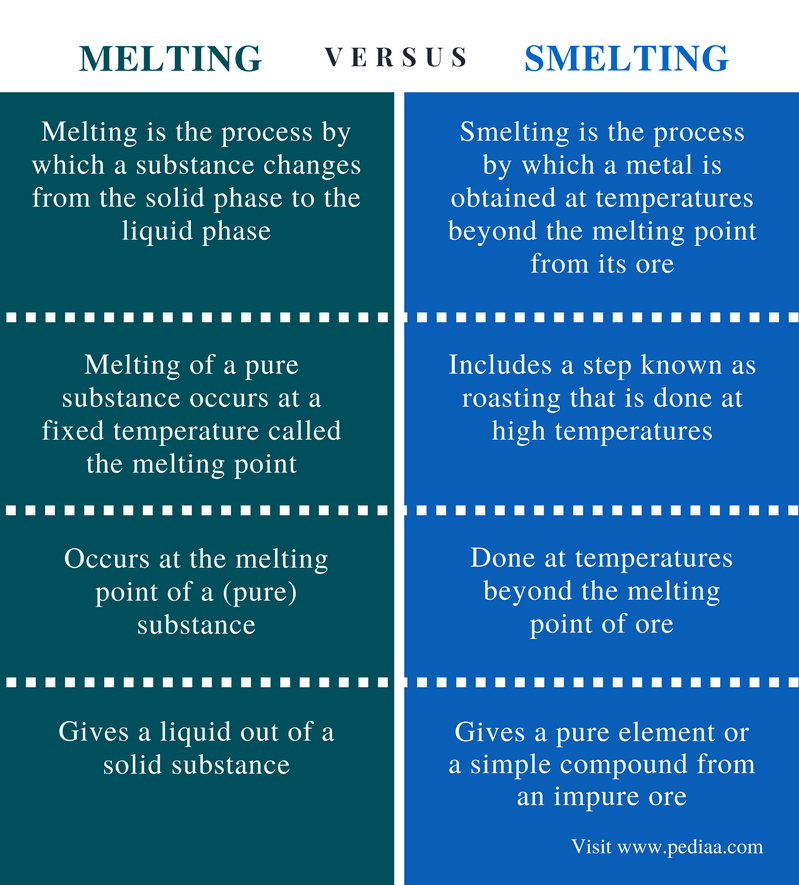 This means that any specialist registered with the British Council for Psychotherapy is qualified to work with problems that are within the competence of a hypnotherapist, but additional training is required to work at a deeper level with more complex emotional and psychological problems.
This means that any specialist registered with the British Council for Psychotherapy is qualified to work with problems that are within the competence of a hypnotherapist, but additional training is required to work at a deeper level with more complex emotional and psychological problems.
Jungian analysis
Jungian analysis is a specialized form of psychotherapy that works with the unconscious. The analyst working in this direction and the client work together to expand the consciousness of the client in order to move towards psychological balance, harmony and wholeness. Jungian analysis assesses deep motivations in the client's psyche, thoughts and actions that are beyond conscious understanding. The analyst seeks to achieve deeper and more lasting changes in the client's personality. They do this by emphasizing what happens during the sessions and in the inner and outer experience of the client's life. Jungian analysis seeks to synchronize conscious and unconscious thoughts in order to build new values and deal with psychological pain and suffering. nine0003
nine0003
Neurolinguistic psychotherapy and counseling
Neuro-Linguistic Psychotherapy was developed from Neuro-Linguistic Programming. Neurolinguistic psychotherapy is universal and is based on many areas of psychology and psychiatry. This theory is based on the belief that we ourselves build a model of our reality (a personal map of the world), based on our experience and how we imagine it. Each person uses their own map to guide themselves through life. The models used can bring about change that promotes implementation and success, and at other times can be limiting and holding back. nine0003
Neuro-Linguistic Psychotherapy explores the thought patterns, beliefs, values, and experiences behind problems or goals. It helps people make appropriate adjustments to reorganize their world, which reduces limiting beliefs and decisions, helps break through emotional and behavioral loops, and generates new resources through expanding the existing skill base. This gives the person a sense of greater control and, as a result, greater ability to create the life they desire. nine0003
nine0003
Neurolinguistic psychotherapists work with a wide range of psychological problems, and they determine how a unique therapeutic program will be put together, an individual therapy system that often, if necessary, combines different therapeutic approaches in order to enhance the results of therapy.
Object Relations Therapy
Object relations therapy is based on the theory that one's ego exists only in relation to other objects, internal or external. In object relations, the self is seen as self-developing and existing in the context of relationships, primarily with parents, but also in relation to home, art, politics, culture, and so on. This theory is based on the belief that man is a social being. Therefore, contact with others is a basic necessity, and our inner world is a changeable dynamic process, consisting of unchanging and moving models, conscious and unconscious. These dynamics affect how we perceive and experience reality. nine0003
The therapist working in this field actively interacts with the client, supporting him in the analysis of irrational ideas by actively experiencing the real relationship between the therapist and the client. This provides an opportunity to revisit essential relationship issues such as loss, intimacy, control, dependency, independence, and trust. Although there may be various interpretations and confrontations, the main goal is to work through the initial irrational components of the client's emotional world. nine0003
This provides an opportunity to revisit essential relationship issues such as loss, intimacy, control, dependency, independence, and trust. Although there may be various interpretations and confrontations, the main goal is to work through the initial irrational components of the client's emotional world. nine0003
Personal counseling
Personal counseling is based on the assumption that the person who seeks support in solving a problem enters into an open relationship with a therapist who allows the client to freely express their emotions and feelings. This type of therapy is also called client-centered psychotherapy or Rogers therapy.
Who is suitable for this type of therapy?
Personal counseling is suitable for clients who would like to work on specific psychological habits or patterns of thought. The therapist assumes that the client is the best judge of their own experience and is therefore able to achieve their potential for growth and problem solving. The therapist working in the context of personal counseling provides an enabling environment to ensure that this potential is manifested through unconditional positive attitude and empathic understanding, which enables the client to come to terms with negative feelings and open up inner resources of strength and freedom to make the necessary changes. nine0003
The therapist working in the context of personal counseling provides an enabling environment to ensure that this potential is manifested through unconditional positive attitude and empathic understanding, which enables the client to come to terms with negative feelings and open up inner resources of strength and freedom to make the necessary changes. nine0003
Psychoanalysis
Psychoanalysis deals with the study of the mind, being a systematic body of knowledge about human behavior and a method of treating psychological and emotional illnesses.
Regular psychoanalysis sessions create an environment in which unconscious patterns can be brought to the conscious level in order to be modified. The client-analyst relationship has an important influence on the client's unconscious behavior patterns and in itself becomes a central focus in which the client's behavioral patterns are highlighted in the context of the real-time relationship of the sessions. nine0003
Freudian psychoanalysis is a special type of psychoanalysis in which the person undergoing psychoanalysis expresses thoughts in words using methods such as free association, fantasies and dreams.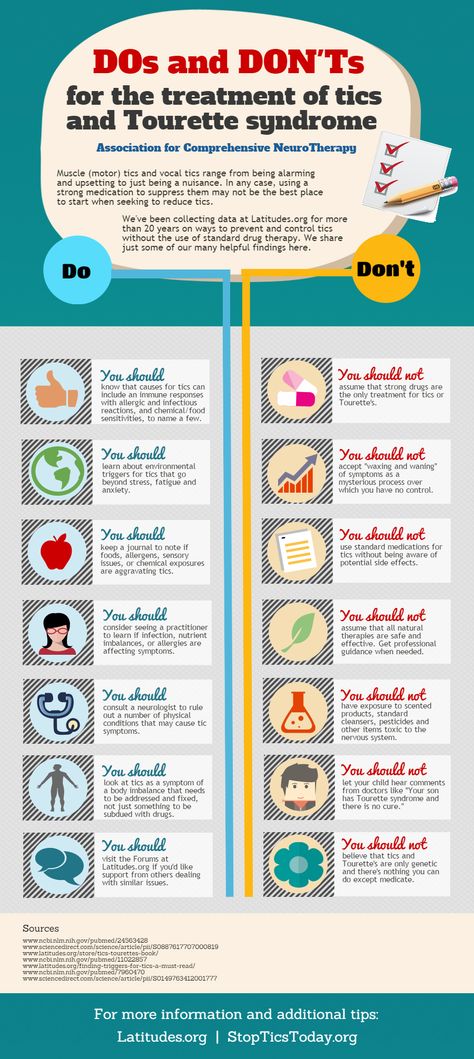 The analyst interprets them to give the client the right idea of solving important issues and problems in the client's life.
The analyst interprets them to give the client the right idea of solving important issues and problems in the client's life.
Who is suitable for this type of therapy?
Freud believed that unwanted thoughts from early childhood are suppressed by the unconscious mind, but continue to influence our feelings, thoughts, emotions, and behavior. These repressed feelings often surface in adulthood in the form of conflicts, depressions, and the like, as well as in dreams and creative activities. These unconscious aspects are explored in the sessions through the intervention of the analyst, who speaks openly about the client's painful defenses, desires, and guilt. nine0003
Psychodynamic psychotherapy
Psychodynamic psychotherapy is a term that includes therapies of an analytical nature. In essence, it is a form of depth psychology that focuses on unconscious and past experiences to determine current behavior.
The client is asked to talk about his childhood relationships with parents and other significant people. The main emphasis is placed on the disclosure of the unconscious content of the client's psyche in an attempt to reduce mental stress. The therapist tries to exclude his personality from the picture, in fact, becoming a blank canvas onto which the client transfers and projects deep feelings about himself, parents and other significant characters in his life. The therapist continues to focus on the dynamics between client and therapist. nine0003
The main emphasis is placed on the disclosure of the unconscious content of the client's psyche in an attempt to reduce mental stress. The therapist tries to exclude his personality from the picture, in fact, becoming a blank canvas onto which the client transfers and projects deep feelings about himself, parents and other significant characters in his life. The therapist continues to focus on the dynamics between client and therapist. nine0003
Psychodynamic psychotherapy is generally less intense and shorter than psychoanalysis, and relies more on the interpersonal relationship between client and therapist than other forms of depth psychology. This direction is used in individual psychotherapy, group psychotherapy, family psychotherapy, as well as for understanding and working with organizational and corporate environments.
Psychosynthesis
Psychosynthesis is based on the involvement of the past in the context of the awakening of one's own "I". Psychosynthesis is considered a form of existential psychology with spiritual goals and concepts, and is sometimes described as a "psychology of the soul". nine0003
nine0003
Psychosynthesis seeks to integrate or synthesize a higher, spiritual level of consciousness with the level at which thoughts and emotions are experienced. Through drawing, movement and other techniques, other aspects of the personality are manifested and expressed. Assagioli used the term "superconscious" to describe the realm of the psyche that contains our greatest potentials, the source of our individual development path. He believed that the suppression of this potential can lead to psychological disorders, as painful as the suppression of childhood trauma. Assagioli insisted that psychosynthesis should be included in the experiential understanding of psychology and sought to maintain a balance between rational and conscious therapeutic work along with the integration of spiritual experience. nine0003
Psychotherapy and psychoanalysis of relationships
Relationship therapy is a broad way of understanding a person's motivation and the therapy process.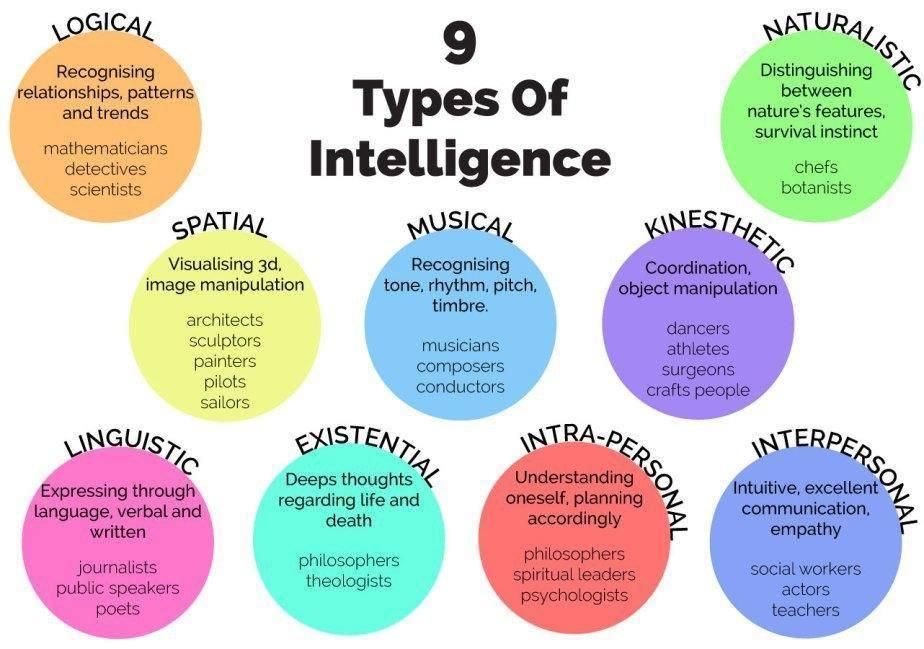 Therapists using this approach understand that interpersonal relationships are one of the main motivations for people, but as a result, they also bring many people to therapy.
Therapists using this approach understand that interpersonal relationships are one of the main motivations for people, but as a result, they also bring many people to therapy.
It can be said that therapists, using a variety of techniques, are treating within a relational approach if they prioritize how their clients are related to others when working to understand their own personalities. In addition to the importance of understanding how previous relationships have influenced the current ones, the therapist advocates such a line of communication when, as a result of the relationship between the therapist and the client, a space is created where the dynamic of the relationship arises, which is further discussed, comprehended and corrected. The therapist can use the dynamics that arise spontaneously within the therapeutic relationship in order to shed more light on the dynamics in the client's relationship and therefore help him understand himself better. The extent to which the therapist confides in therapy regarding his position in the relationship depends greatly on his own personality and qualifications. The privilege in the relationship, however, is usually given to the client. nine0003
The privilege in the relationship, however, is usually given to the client. nine0003
Relationship counseling
Relationship counseling helps people recognize and work through or resolve troubling differences and recurring patterns of suffering in the context of existing relationships. The therapist explores the client's feelings, values, and expectations by engaging them in conversations, discussions of solutions to problems, and consideration of alternative and new possibilities.
Who is suitable for this type of therapy? nine0005
Relationship counseling is suitable for family members, couples, employees or employers in a work setting, professionals and their clients.
Solution focused brief therapy
Solution-focused brief therapy deals with a specific problem and promotes positive change rather than dwelling on the problem itself or past problems. Clients are encouraged to pay positive attention to what they do well, their strengths and resources, and to set and achieve goals. This method is focused more on finding solutions rather than solving problems. This type of therapy is short-term, only three or four sessions are enough. nine0003
This method is focused more on finding solutions rather than solving problems. This type of therapy is short-term, only three or four sessions are enough. nine0003
Systemic therapy
Systemic therapy is a general term for branches of therapy dealing with people in relation to each other, group interactions, patterns and dynamics.
Systemic therapy has its roots in family therapy and systemic family therapy, but deals with problems practically, not analytically. It does not seek to determine the cause or provide a diagnosis, but rather seeks to identify and deal with ossified patterns of behavior in the group or family. The role of the therapist in systemic therapy is to offer constructive clues to promote change in the relationship system, to pay attention to existing relationship patterns, rather than to analyze causes such as subconscious impulses or childhood trauma. nine0003
Who is suitable for this type of therapy?
Systemic therapy can also be used in corporate settings and is currently being widely adopted in the fields of education, politics, psychiatry, social work and family medicine.
Transactional analysis
Transactional analysis is an integral approach in psychology and psychotherapy based on two concepts. Eric Berne believed that, firstly, our personality is divided into three parts or three ego states: child, adult and parent. Secondly, these parts communicate with each other in transactions (units of communication), and within each social transaction one of the parts dominates. Therefore, by recognizing these roles, the client can choose which part to use and thus adjust his behavior. Berne's transactional analysis as a form of therapy works with the term "inner child" to describe unmet needs from childhood. nine0003
Transpersonal psychotherapy
Transpersonal psychotherapy refers to any form of counseling or psychotherapy where the emphasis is on the transpersonal, transcendent, or spiritual aspects of the human experience. Transpersonal psychotherapy is often seen as an accompanying technique in other schools of psychology such as psychoanalysis, behaviorism, and humanistic psychology.